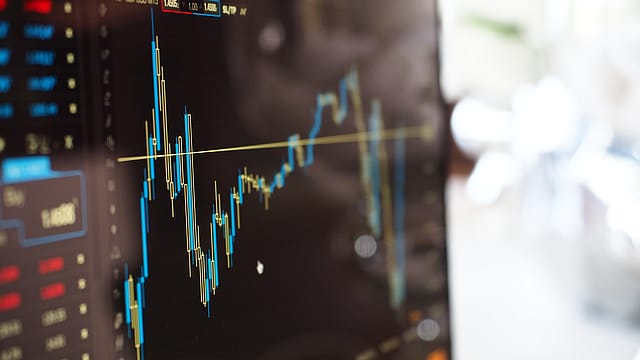Bloodbath on D-street, relief unlikely soon
ADVERTISEMENT

The BSE Sensex witnessed a sharp fall on Thursday morning, wiping out investor wealth of around Rs 4 lakh crore in a matter of minutes. It fell 1,037 points to 33,723.53 in intra-day trade before recovering and closing at 34,001, down 760 points.
Both the benchmark indices, the Sensex and the Nifty closed over 2% down on Thursday following global cues. The broader Nifty50 closed at 10,235, down 225 points, after hitting an intra-day low of 10,138.60. This is the latest in a string of sharp nosedives that the Indian stock markets have witnessed over the past few days.
Given the current situation—rising crude oil prices, depreciating rupee, trade war concerns, risks to the fiscal deficit target, and a credit freeze in the financial markets after the IL&FS debacle—market experts are of the view that the pain is here to stay for a while.
“The outlook for large caps is extremely bleak because most of them are banks and they are leveraged entities. Banks and NBFCs [non-banking financial companies] are to be avoided because they have a long way to go down,” said Shankar Sharma, co-founder and chief global strategist, First Global. He added that he saw a 10% downside on the benchmark indices from the current levels. The silver lining, Sharma said, is the small cap space. “Small caps are beginning to bottom out now; I see maybe another 5-10% downside. There are opportunities for gains there going forward,” he said.
January 2026
Netflix, which has been in India for a decade, has successfully struck a balance between high-class premium content and pricing that attracts a range of customers. Find out how the U.S. streaming giant evolved in India, plus an exclusive interview with CEO Ted Sarandos. Also read about the Best Investments for 2026, and how rising growth and easing inflation will come in handy for finance minister Nirmala Sitharaman as she prepares Budget 2026.
When asked about how mutual fund investors should react to the market correction, Sharma advised them to stay put. “The SIP (systematic investment plan) model is like being on medication; you can’t stop it midway… If you exit at the bottom you will not get the benefit of the situation. At some point, one or two years down the line the markets will bounce back,” he said.
However, there is a long wait before we see any of the gains that Sharma mentioned as the current situation, in his words, is “quite worrying”. “Currency and oil are two huge challenges; if oil touches $100/bbl, then we’re looking at a wider current account deficit and potentially missing the fiscal deficit target.”
Mahendra Jajoo, head-fixed income, Mirae Asset Global Investments, echoed his views. “The current cocktail is a little too heavy for the markets… which were already at valuations that were stretched from historical standards. We are now approaching some key state elections and then the general election, so there is a lot of nervousness in the market,” he said, adding that from a long-term perspective, one may view this as a buying opportunity.
On what could trigger a comeback of the bulls on Dalal Street, Jajoo said, “We need to see some positive development at the macro level. If the crude oil prices come down to around $70-75/bbl that will come as a relief for India.” He added that if the trade war concerns ease or if the U.S. Federal Reserve indicates that it will be slower with its rate hikes, then it may help the markets bounce back.
According to Sharma, that positive piece of news could very well be a deferment in the implementation of the long-term capital gains tax (LTCG). “The government may or may not want to withdraw LTCG, but I think they can and should definitely defer the implementation. It will surely be a big boost to investors today,” he said.
However, even a positive trigger could backfire, according to Niraj Dalal, founder of 3A Capital. “If crude corrects 5-7% and if the government does something to stabilise the rupee, then it will help the markets. But right now there is so much pain that even the first uptick will be sold into,” he warned, adding that he saw the Nifty hitting 9,950 levels, but not trading below 10,000 for long.
